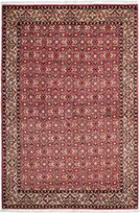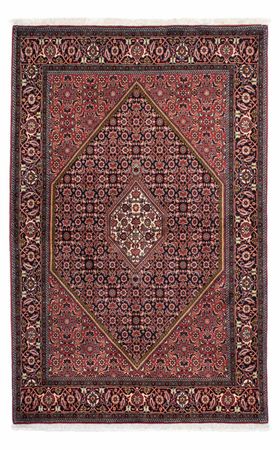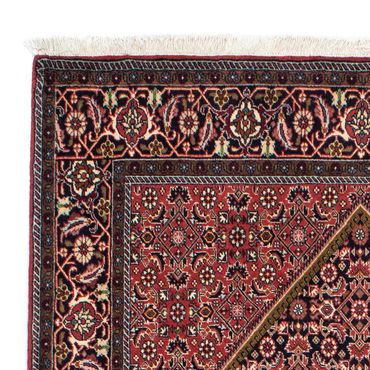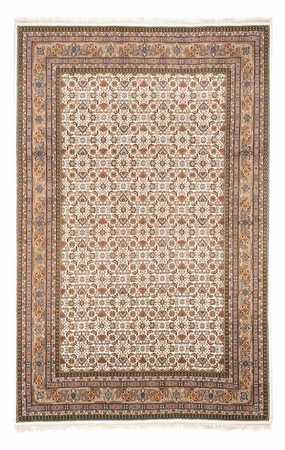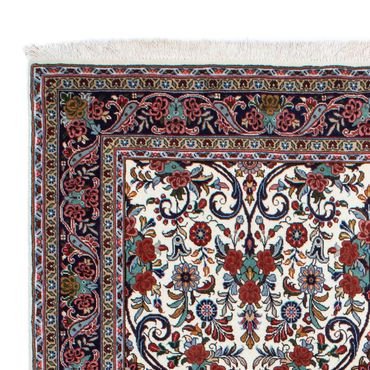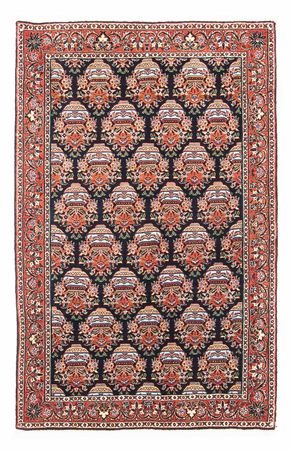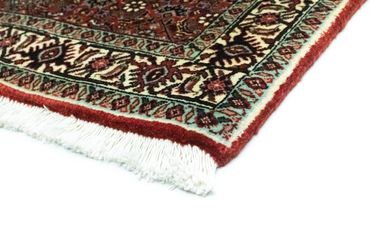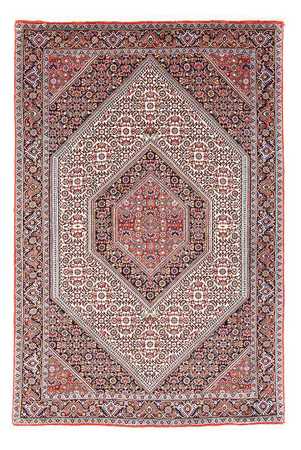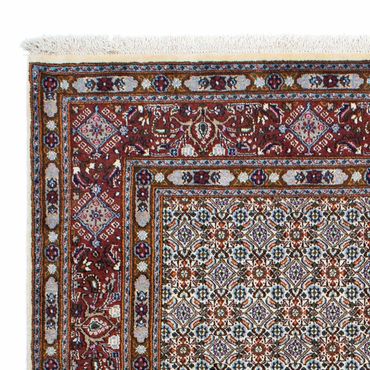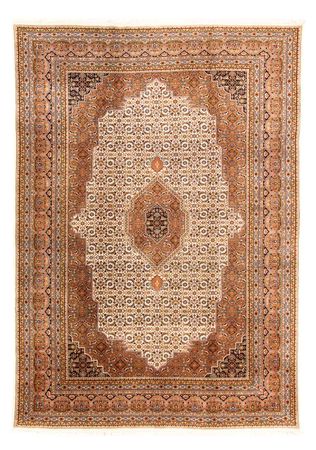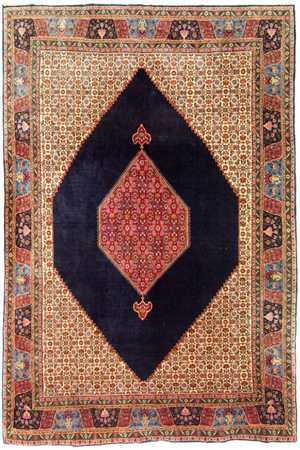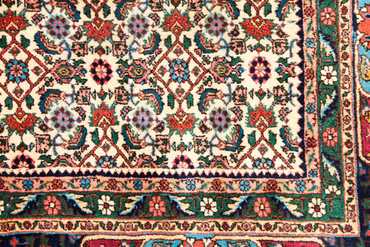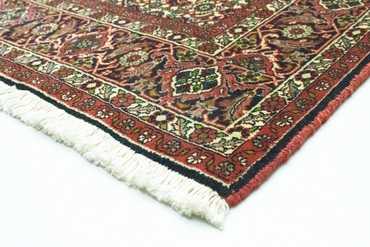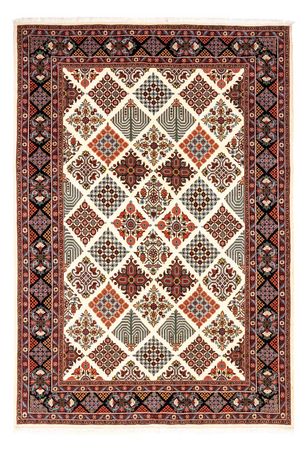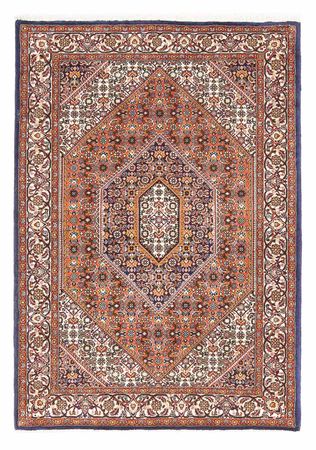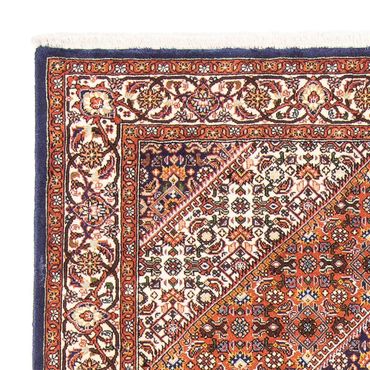- Perser Rug - Bidjar -
203 x 1393,650 £
- Perser Rug - Bidjar -
291 x 2025,078 £9,934 £
-
- Perser Rug - Classic -
299 x 1982,921 £
-
- Perser Rug - Bidjar -
311 x 2086,642 £12,767 £
-
- Perser Rug - Bidjar -
215 x 1371,737 £
-
- Perser Rug - Bidjar -
304 x 2031,151 £
-
- Perser Rug - Bidjar -
215 x 1372,280 £
-
- Perser Rug - Classic -
342 x 2483,901 £
-
- Perser Rug - Classic -
290 x 2484,133 £
-
- Perser Rug - Bidjar -
208 x 1343,211 £5,954 £
-
- Perser Rug - Bidjar -
125 x 821,344 £
-
- Perser Rug - Bidjar -
174 x 1112,326 £4,499 £
-
- Perser Rug - Bidjar -
300 x 2086,407 £
-
- Perser Rug - Classic -
198 x 1481,365 £
-
- Perser Rug - Bidjar -
247 x 1694,196 £
-
- Perser Rug - Classic -
205 x 1501,433 £
-
- Perser Rug - Classic -
198 x 1501,384 £
-
- Perser Rug - Bidjar -
203 x 1382,507 £
-
- Perser Rug - Bidjar -
240 x 1653,985 £
-
- Perser Rug - Bidjar -
180 x 1123,053 £
-
- Perser Rug - Bidjar -
315 x 2231,454 £3,306 £
-
- Perser Rug - Bidjar -
252 x 1752,249 £4,378 £
-
- Perser Rug - Bidjar -
301 x 2053,560 £6,967 £
-
- Perser Rug - Bidjar -
164 x 1121,654 £
-
Bidjar Rugs: Hand-knotted masterpieces for sophisticated facilities
Bidjar rugs, renowned for their exceptional quality and enduring beauty, hold a special place in the world of Persian rugs. Crafted with utmost precision and attention to detail, Bidjar rugs are celebrated for their exceptional durability, intricate designs, and vibrant colors. In this article, we delve into the fascinating world of Bidjar rugs, exploring their history, characteristics, weaving techniques, cultural significance, and more. Whether you're a rug enthusiast, an interior designer, or simply curious about Persian artistry, join us on this captivating journey.
Introduction to Bidjar Rugs
Bidjar rugs, also known as "The Iron Rugs of Persia," originate from the Kurdish town of Bidjar in western Iran. These rugs have earned their reputation as some of the most durable and resilient floor coverings in the world. Bidjar rugs are meticulously handwoven using time-honored techniques passed down through generations.
History and Origins of Bidjar Rugs
The history of Bidjar rugs dates back centuries, rooted in the rich cultural heritage of Persia. The weavers of Bidjar inherited their craft from their ancestors, who settled in the region many generations ago. It is believed that the production of Bidjar rugs began around the 17th century, with the craft thriving and evolving over time.
Characteristics of Bidjar Rugs
Bidjar rugs are renowned for their remarkable durability. They are exceptionally thick and tightly woven, thanks to the unique construction technique employed during their creation. The tightly packed knots and heavy foundation give Bidjar rugs their sturdy structure and exceptional longevity.
Materials Used in Bidjar Rugs
To ensure the utmost quality and longevity, Bidjar rugs are crafted using only the finest materials. The weavers use high-quality wool sourced from local sheep, renowned for its resilience and softness. The use of natural dyes extracted from plants and minerals contributes to the rugs' vibrant and long-lasting colors.
Patterns and Designs in Bidjar Rugs
Bidjar rugs boast a wide array of intricate patterns and designs, each telling a unique story. The most common motifs found in Bidjar rugs include floral patterns, medallions, geometric shapes, and intricate borders. These designs exhibit a harmonious blend of tradition, symbolism, and the weavers' artistic expression.
The Dyeing Process of Bidjar Rugs
The dyeing process plays a crucial role in creating the vibrant colors that adorn Bidjar rugs. Natural dyes are carefully prepared using traditional methods, utilizing plants, flowers, and minerals to produce an extensive palette of hues. The intricate dyeing process requires skill and expertise to achieve the desired color saturation and richness.
Weaving Techniques in Bidjar Rugs
Bidjar rugs are woven using the asymmetrical knotting technique, also known as the Persian or Senneh knot. This meticulous and time-consuming process involves securing individual knots to the warp threads using a weaver's comb. The tight knotting and dense pile make Bidjar rugs incredibly sturdy and resistant to wear.
Care and Maintenance of Bidjar Rugs
To ensure the longevity of your cherished Bidjar rug, proper care and maintenance are essential. Regular vacuuming, rotating the rug periodically, and promptly addressing any spills or stains are crucial steps in preserving its beauty. Avoid placing the rug in direct sunlight to prevent color fading, and consider professional cleaning every few years for deep maintenance.
Bidjar Rugs in Interior Design
Bidjar rugs can transform any space into a luxurious and captivating haven. Their intricate designs and rich colors add depth and character to both traditional and contemporary interiors. Whether used as statement pieces or subtle accents, Bidjar rugs bring warmth, texture, and a touch of timeless elegance to any room.
Investing in Bidjar Rugs
As a testament to their exceptional craftsmanship and enduring allure, Bidjar rugs are highly sought after by collectors and rug enthusiasts worldwide. Investing in a Bidjar rug not only adds a touch of luxury to your home but also offers the opportunity to own a piece of Persian artistry that appreciates in value over time.
The Cultural Significance of Bidjar Rugs
Bidjar rugs hold deep cultural significance in the regions where they are produced. They are not just floor coverings but treasured art pieces that embody the heritage and craftsmanship of the weavers. Bidjar rugs often feature traditional motifs and symbols that reflect the cultural identity and stories of the Kurdish people.
Bidjar Rugs vs. Other Persian Rugs
While Persian rugs are known for their exceptional quality, Bidjar rugs stand out due to their unparalleled durability. The robust construction and dense pile make Bidjar rugs resistant to heavy foot traffic and wear, setting them apart from other Persian rug styles. The unique combination of strength and beauty makes Bidjar rugs a preferred choice for those seeking longevity and elegance.
Famous Examples of Bidjar Rugs
Several renowned Bidjar rugs have captivated art enthusiasts and collectors around the world. The "Herati Bidjar" rug, featuring an intricate diamond pattern, is one of the most iconic examples. The "Mina-Khani Bidjar" rug, adorned with a captivating floral design, showcases the weavers' artistry and attention to detail. These remarkable pieces serve as testaments to the timeless beauty and craftsmanship of Bidjar rugs.
Conclusion
Bidjar rugs are more than just floor coverings; they are works of art that embody the cultural heritage, skill, and artistic vision of the Kurdish weavers. From their exceptional durability and vibrant colors to their intricate designs and unique construction techniques, Bidjar rugs hold an esteemed place in the world of Persian rugs. Whether you're drawn to their robustness or captivated by their captivating patterns, a Bidjar rug brings a touch of elegance and history to any space.

